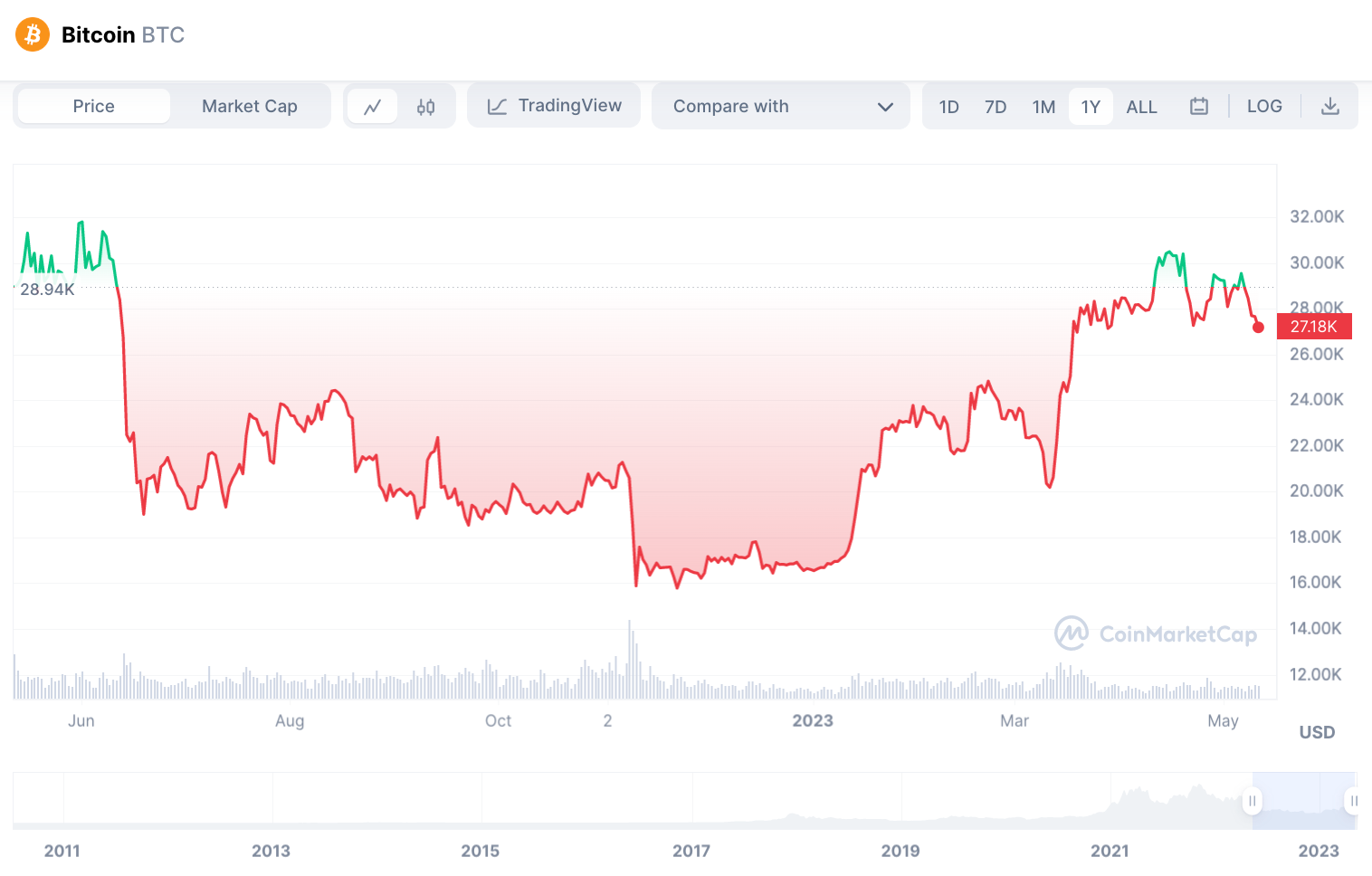Join Our Telegram channel to stay up to date on breaking news coverage
According to an analyst at Kaiko, the reduced trading activity of influential market makers Jane Street and Jump Crypto could disrupt liquidity flow in the cryptocurrency industry.
Market Makers’ Reduced Trading Activity Raises Concerns over Crypto Liquidity Flow
Bloomberg’s report highlights the firms’ decision to scale back their crypto trading operations in the United States, citing regulatory concerns stemming from FTX’s collapse in November. While Jump’s crypto division intends to pursue global expansion, Jane Street will be modifying its growth plans.
Kaiko analyst Riyad Carey commented on the news, stating that while it may not be surprising given recent developments, the slow recovery of liquidity since Alameda’s collapse is concerning. The industry has struggled to fill the void left by Alameda, and the reduced activity of two major market makers could further impact liquidity.
Market depth, which measures liquidity by assessing the capital required to move a market, has declined by over 50% since the FTX collapse and has not recovered despite the rise in crypto prices.

Crypto-native market makers, unlike traditional firms such as Jane Street and Jump, are not deterred by their exit as the impact is primarily limited to the U.S. market.
Zahreddine Touag, Head of Trading at Woorton, a Paris-based market maker, noted that in the short term, certain exchanges may experience reduced liquidity, and it could become more challenging for U.S. counterparties to access over-the-counter (OTC) liquidity.
However, he added that the impact may be more significant in the future if liquidity sourcing shifts offshore or to other regions like Europe and Asia.
The strict regulatory stance taken by the United States on cryptocurrencies has drawn criticism from Coinbase CEO Brian Armstrong. However, the long-term effects of these regulations could extend beyond immediate concerns.
The departure of market makers could lead to a lack of liquidity, which may amplify volatility as it would take less capital to affect asset prices. Considering the high leverage prevalent in crypto markets, this situation could give rise to credit risks that could potentially impact multiple areas of the financial sector.
Bitcoin’s Volatility Surges as Price Dips Below $27,000, Worrying Traders Amid Reduced Market Maker Participation
Bitcoin’s recent price movement created volatility for traders as the leading cryptocurrency briefly dipped below $27,000, marking the first occurrence in over two weeks. Concerns about reduced participation from institutional market makers added to the unease, potentially intensifying price swings.
During early afternoon trading in New York, the digital currency experienced a sudden 5% decline within minutes, erasing previous gains. Eventually, it only dropped by less than 1% to settle at $27,460. This momentary breach occurred at the lower end of the trading range, which has fluctuated between approximately $30,000 and $27,000 for the past month.
While the first quarter of the year witnessed increased trading activity during the crypto market’s price rebound, a closer analysis reveals that trading volume has hit multi-year lows.
Several industry scandals, bankruptcies, and tightening regulations have contributed to this decline. Notably, two prominent market-making firms, Jane Street Group and Jump Crypto, have scaled back their involvement, further impacting market liquidity.
Henry Elder, the head of decentralized finance at Wave Digital Assets, highlighted the current low liquidity environment, largely attributed to market makers’ withdrawals due to regulatory uncertainty in the United States.
The unclear regulatory landscape has made it challenging for firms like Jane Street to operate according to internal standards. Bloomberg reported that Jane Street is even reducing its global crypto ambitions due to these regulatory concerns.
The drop in Bitcoin’s price on Wednesday may have been amplified by speculation surrounding the US government’s potential transfer of significant amounts of Bitcoin. Traders were concerned that a large-scale sell-off of Bitcoin could occur while demand for the cryptocurrency remains relatively low, contributing to further market instability.
The combination of decreased participation from institutional market makers, regulatory uncertainty, and speculation surrounding government actions has heightened volatility and added to the challenges faced by Bitcoin traders.
Global Market Stability Contrasts Bitcoin’s Decline During Blockchain Congestion and Liquidity Issues
Bitcoin’s position in the global market has shifted from a leader to a laggard due to concerns surrounding its blockchain congestion and declining liquidity in the cryptocurrency market.
While global stocks, bonds, and commodities have displayed a relatively steady performance, Bitcoin faced a 6% decline in May. In contrast, gold has witnessed a significant surge, nearing its all-time high.
This recent downturn comes after a remarkable 72% rally in the previous quarter, which outperformed traditional investments and sparked discussions of a new bull phase for the largest digital asset following the 2022 crypto slump.
Attention has shifted towards risks specific to the sector, encompassing factors such as transaction congestion on the Bitcoin blockchain, diminished liquidity in digital asset markets, and an ongoing regulatory crackdown in the United States.
Bitwise Asset Management’s Chief Investment Officer, Matt Hougan, acknowledged the current challenges, stating that the industry will eventually emerge from this period with new rules and clearer regulations, which will contribute to a multi-year bull market.
Bitcoin experienced a decline of up to 1.9% on Thursday, trading near $27,470. Other tokens like Ether and Solana also saw declines in value.
Recent activity involving meme tokens such as PEPE on the Bitcoin network resulted in increased congestion and transaction fees, which put pressure on the top cryptocurrency. This rise in costs prompted the temporary suspension of Bitcoin withdrawals on crypto exchange Binance, dampening sentiment.
Investors may be expressing concerns about the reliability and scalability of the Bitcoin network due to these issues. However, it is important to note that these problems do not necessarily indicate vulnerabilities in the blockchain itself, but rather in its usage and maintenance.
Blockchain data reveals over 300,000 pending transactions on the Bitcoin network, with the mean fee per transaction reaching $14 on Wednesday, a significant increase from the 60 US cents at the beginning of 2023. While these metrics have decreased from their peaks, they remain elevated.
Beyond the speculative meme tokens, broader liquidity is at risk following events like the FTX blowup and the stricter regulatory stance in the United States. Market-making firms Jane Street Group and Jump Crypto are reducing their involvement in trading digital assets in the US, with Jane Street also scaling back its global crypto ambitions.
Trading volume on Binance, the largest digital asset exchange, has declined by 48% to $287 billion in April, marking the second-lowest monthly trading volume since 2021, according to CCData.
Bitcoin’s year-to-date surge has decreased to 66% from its mid-April high of 84%. The token has experienced a decline of approximately $41,000 since its all-time high during the pandemic in November 2021, when it reached nearly $69,000.
Read More:
Join Our Telegram channel to stay up to date on breaking news coverage




